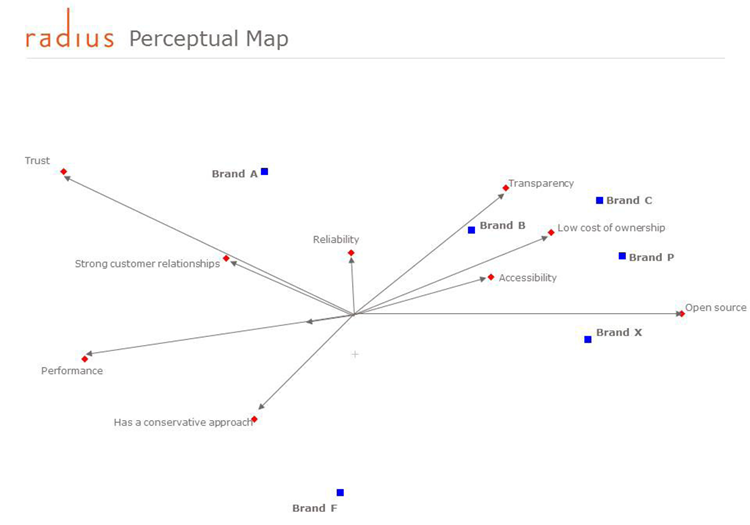
Unveiling the Power of Perceptual Maps in Brand DifferentiationUnveiling the Power of Perceptual Maps in Brand Differentiation In the competitive marketplace, brands strive to establish a unique position in the minds of consumers. Perceptual maps, powerful visualization tools, play a pivotal role in this differentiation process by providing insights into how consumers perceive brands. What are Perceptual Maps? Perceptual maps are graphical representations that depict the relationship between brands or products based on consumer perceptions. They typically use two axes, representing key attributes or benefits that consumers value. Mapping Consumer Perceptions To create a perceptual map, marketers conduct research to gather data on consumer beliefs, preferences, and associations with various brands. This data is plotted on the axes, revealing clusters of brands that share similar perceptions. Benefits of Perceptual Maps for Brand Differentiation 1. Identifying Market Gaps: Perceptual maps help identify unoccupied market segments or gaps in consumer perceptions. Marketers can use this information to create new brands or modify existing ones to fill these gaps. 2. Targeting Specific Consumers: By understanding the perceptual positioning of brands, marketers can tailor their messaging and marketing strategies to specific consumer segments. This targeted approach improves the effectiveness of marketing efforts. 3. Evaluating Brand Performance: Perceptual maps can be used to track changes in brand positioning over time. This information enables marketers to assess the impact of marketing campaigns, product innovations, and competitive dynamics. 4. Identifying Brand Differentiation Opportunities: Perceptual maps reveal how consumers distinguish between brands. This information can be used to identify and leverage unique selling propositions (USPs) that set brands apart from competitors. Dynamic and Iterative Process It’s important to note that perceptual maps are not static but rather dynamic and iterative. As consumer perceptions evolve, so too must the perceptual map. Marketers should regularly update maps to ensure they reflect the latest market insights. Conclusion Perceptual maps are invaluable tools for brand differentiation. By unveiling consumer perceptions, they empower marketers to optimize brand positioning, identify market opportunities, and stay ahead in the competitive landscape. By embracing the power of perceptual maps, brands can establish a strong and differentiated presence in the minds of consumers, leading to increased brand awareness, loyalty, and ultimately, market success.
Posted inNews